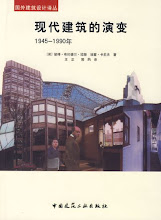


The most significant ceremonial space of Foro Italico, the axial space between the sphere and the obelisk was designated the Piazzale del Impero, under the direction ofLuigi Moretti (1907-73). The urban landscape which Moretti produced at the Piazzale del Impero had to unite a group of routes and monuments which had developed during the previous decade. His compositional strategy was one of imposing a strong control on the form of the space as already defined, and has a muted palette of white marble and white and black mosaic. The central axis between the fountain and obelisk is treated as a raised spine flanked by lower mosaic pavements in rectangular frames. Mosaics also surround the circular space around the fountain where several routes crossed. These featured, between panels of fascist slogans, images of ancient and contemporary sports and military feats. Maps of ancient and contemporary Rome reinforced the connection between past and present, while large marble monoliths defined the edges tapering towards the obelisk, each dedicated to a significant event from the Risorgimento, the kingdom of Italy’s participation in the Great War, and the rise of Fascism. This culminated in a large block reproducing the text of Mussolini’s declaration of the Italian Empire in 1937.
It is this landscape of literally naked propaganda which greeted visitors to the Rome Olympics of 1960 and subsequent international sporting events at the Stadio Olimpico.
























































